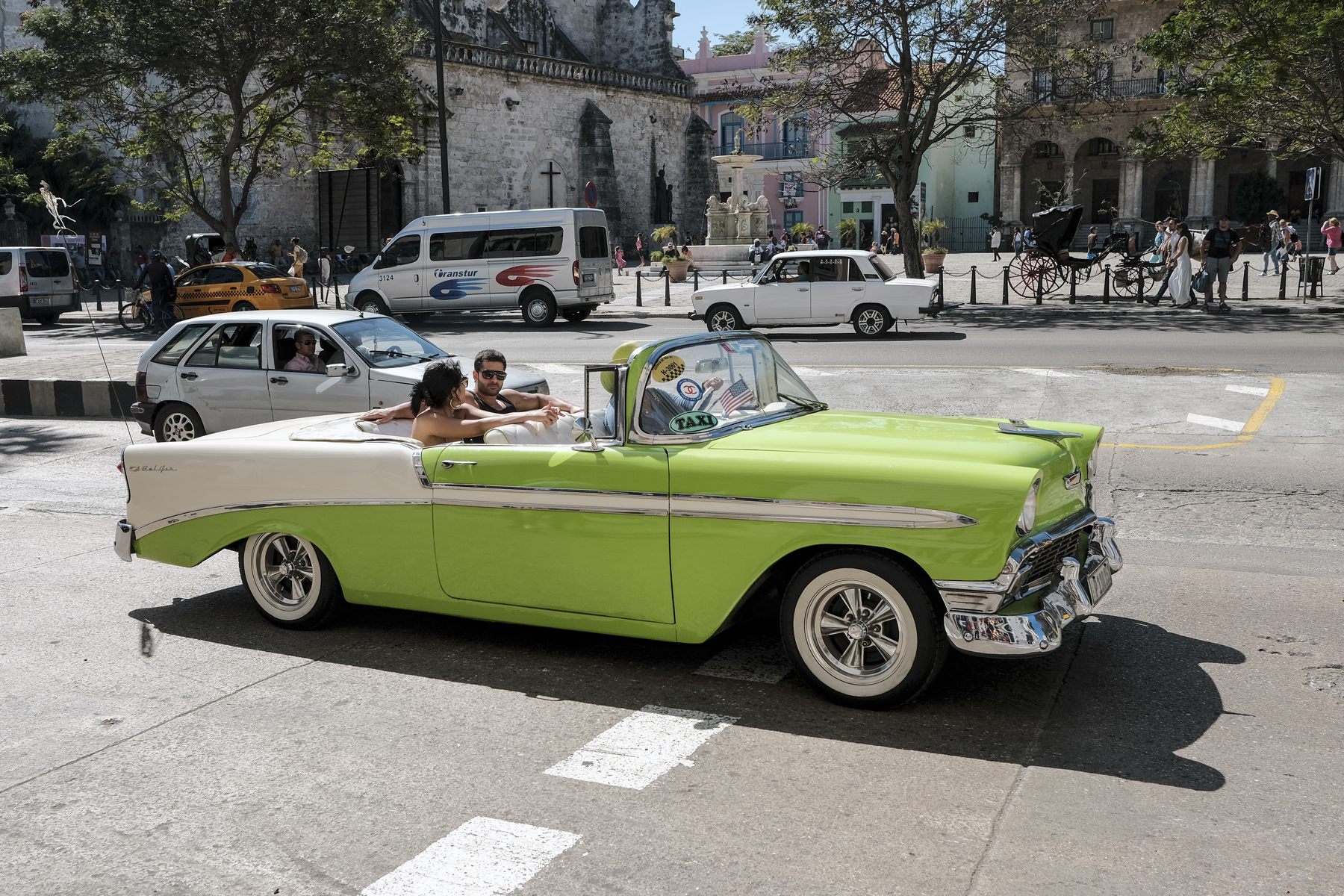
A Return To Cuba After 38 Years
by Edwin J. Lopez-Soto
I am a Puerto Rican man who has wanted to return to Cuba for 38 years. You see as a student at Cornell Law School, I worked on the House Select Committee on Assassinations investigating the John F. Kennedy assassination. I traveled to Cuba twice. The first visit in 1977 with Congressmen Louis Stokes and Chris Dodd and the Chief Counsel, Bob Blakey, we interviewed President Fidel Castro. On the second visit in 1978, I interviewed various other sources. I drafted the Committee’s section of the report which concluded that the Cuban government was not involved in the assassination of President Kennedy. I also co-authored the section of the report entitled Oswald, the CIA and Mexico City that has come to be known as the ‘Lopez Report’. On both visits, I was struck by the kindness of the Cuban people as well as the amazing beauty of the island. I wanted to return to Cuba, especially before the island became totally modernized and looked like any other island in the Caribbean. I had my chance this February. I had been following the exploits of the great photo journalist, Peter Turnley, and read that he was leading a photo workshop in Cuba. I threw caution to the wind and signed up. What an experience it was.
As we approached the island on the short 45 minute flight from Miami to Cuba, I could see the natural beauty and ruggedness of the island. Though 900 miles long, from above the greenery dominated the landscape. Soon after arriving in Havana, we immediately headed to the Malecon, a broad esplanade, roadway and seawall that stretches for 4 miles along the coast from the mouth of Havana Harbor in Old Havana, along the north side of the Centro Havana neighborhood to the Vedado neighborhood. This is the spot in Havana; it is full of tourists as well as the cool people in Havana. The Malecon shows more of the Havana soul than any other locale in Cuba. During our walk, I encountered these 3 lovely ladies and asked if I could take a photo. They said yes. I soon learned that most folks in Cuba are happy to have you take their photo. If you go to Cuba, make sure to do what I forgot to do: get the emails of everyone you photograph so you can share a photo with them! That first afternoon, we spent time in El Prado, the inland Boulevard that reminded me of las Ramblas in Barcelona. The photo opportunities were everywhere. Colorfully dressed loving dads and their kids were everywhere I even ran into a colorful religious pageant that I followed for a while. How do so many folks walk with those stilts, I wondered as I viewed the pageant.
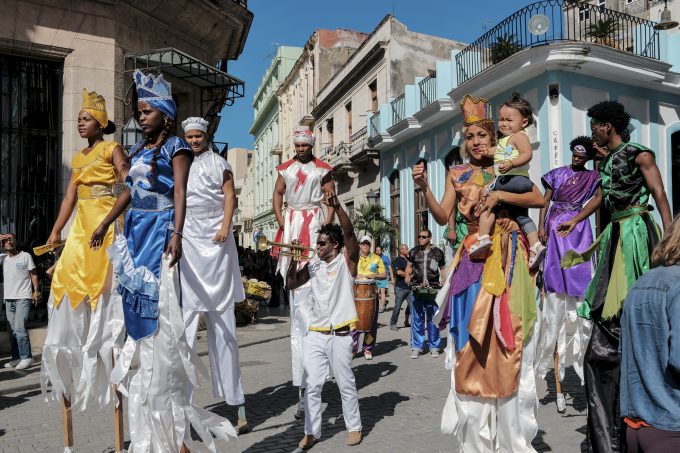
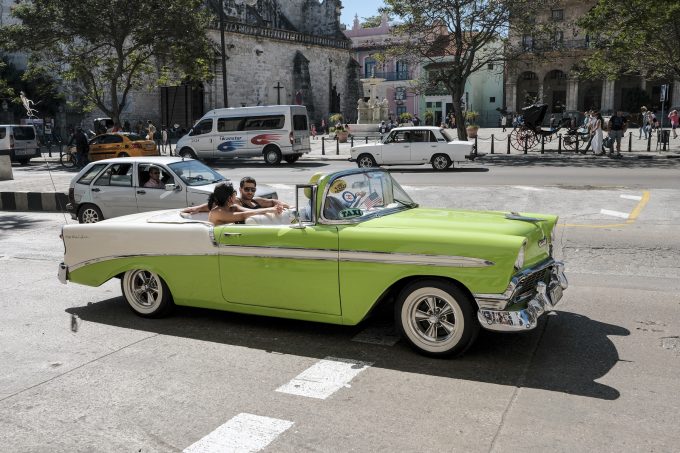
Throughout my trip, I struck conversations with folks I had never met, befriended locals, drank fine rum with them and was invited into the homes of strangers. I heard stories of the hard times when for 2 weeks almost everyone in the island had only sugar water three times a day for 2 weeks. Despite being very poor, the people I met shared their home, coffee, bread and rum with me. I fell in love with the Cuban people. As a native Latino, I speak Spanish but most of the other participants in our workshop did not and they too found the Cuban people amazingly warm and giving.
A memorable experience was a visit to the world’s most famous dance hall, La Tropical. The flourishing club has been an important part of Cuban culture since first opening its doors in the segregated 1950s. Founded by a beer company for completely commercial reasons and transcending all expectations by remaining successful even through the Cuban revolution, La Tropical caters to an almost exclusively Afro-Cuban clientele. Its reputation is that it is the place to go to experience the very best in local music. The famed venue retained its vitality even in times of social upheaval and exemplifies how something as simple as a low rent musical venue can impact a culture desperate to establish an identity. The dancers in this outdoor setting, that oft swells to 10,000, are amazing. I may be Latino but I do not dance like these Cubans did!
Religion is very important to the Cuban people, especially Santeria. Santeria (The way of the Saints) is an Afro-Caribbean religion based on Yoruba beliefs and traditions, with some Roman Catholic elements added. Santeria incorporates elements of several faiths and so is what’s called a ‘syncretic’ religion. It has grown beyond its Yoruba and Catholic origins to become a religion in its own right, and a powerful symbol of the religious creativity of Afro-Cuban culture. I had the opportunity to witness a Santeria offering by the water as well as a Santeria dance led by a Babalao, a Santeria Priestess.
Ernest Hemingway loved Cuba. He lived in Havana and Cojimar. He wrote the Old Man and the Sea in Cojimar. I was able to have lunch at the restaurant where he did his writing every day. The table he sat athas become a museum-like piece. Just think of it this way, Hemingway wrote his classic at a restaurant as there were no coffee shops to linger at and write during his era. Much more civilized, don’t you think.
We even trekked to Viñales Valley, considered by many to be the most beautiful place in Cuba. the Viñales Valley National Monument holds stunning landscapes and jaw dropping vistas off the Mogote mountains. These mountains are found only in Southeast Asia and Cuba. Many of you may not know that the island of Cuba split from Asia and not the mainland, hence the existence of the Mogote mountains. The area is also famous for being the premier tobacco growing area in the world. We were transported to the valley in a hair-raising oxen ride and once there treated to amazing food, touring a tobacco farm and a great lunch.
A visit to Cuba without going to the Rafael Trejo Boxing Gym would not be a visit to Cuba! The gym is a local amateur boxing gym for the young athlete to learn and train for their country’s second favorite sport, after baseball. Though rustic, the training that goes on here was simply amazing. Likewise, with visits to view dancers in training. We visited two dance companies, one modern and one a classic ballet studio. At both, the dedication shown by the students was awe inspiring.
In sum, I visited many sights but just began to scratch the surface in Havana. I would be eager to return and spend most of my time in the Eastern part of the island.
I don’t want to end this article without discussing the workshop and the camera used. Being led by Peter Turnley was so educational. He taught me how to approach people, ask them to allow me to photograph them and then direct their stance. Thank you Peter! Throughout the trip, I used a Fuji xt2 mainly with a 35mm equivalent lens and on occasion the 18-55 f2.8-4 zoom. The camera with lens was easy to carry and as it was small did not intimidate residents I struck conversations with and wanted to photograph. I set the camera on shade for a bit more warmth and then just shot away. It worked flawlessly and was an amazing travel companion.
If you go to Cuba, bring pens, pencils, notebooks, toothbrushes, candies, etc., to hand out. While folks do not beg, they are so appreciative when you offer them an item that they can not easily access on the island. Finally, do not fret. The island still looks like it did thirty eight years ago and the Cuban people remain equally friendly.

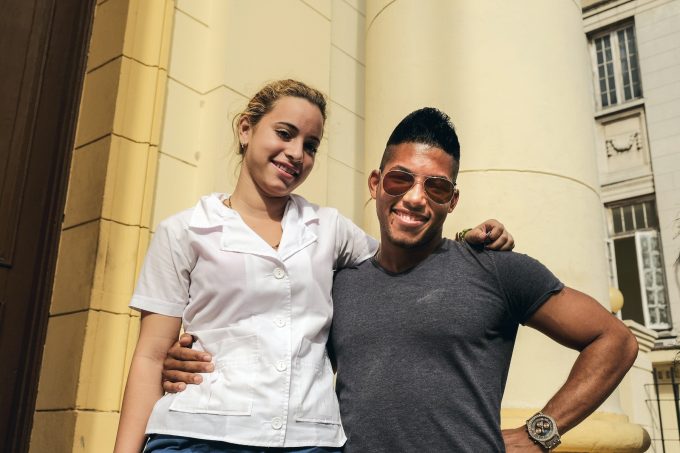
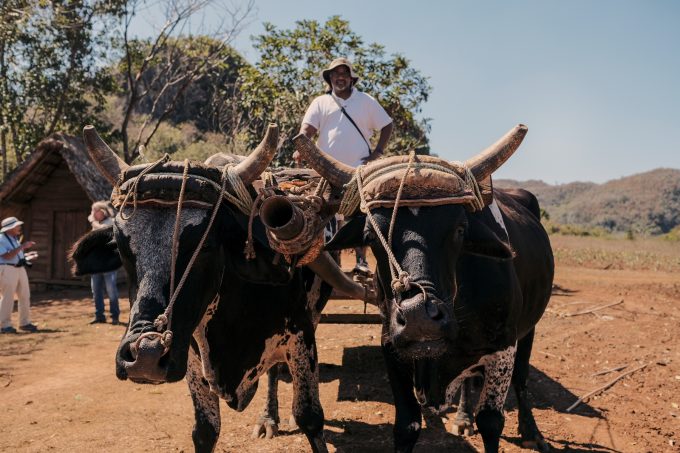
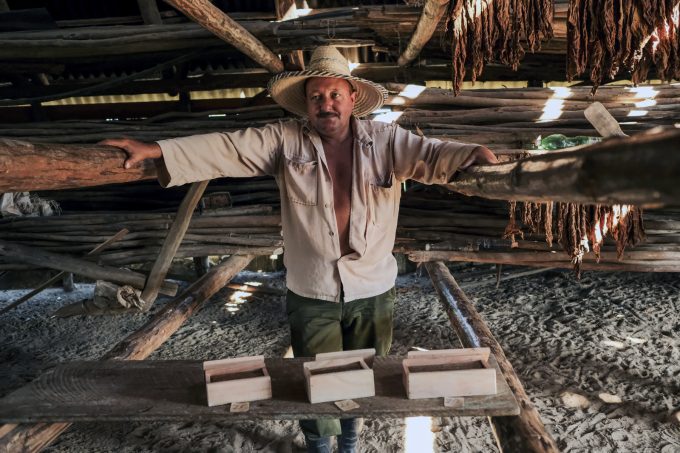
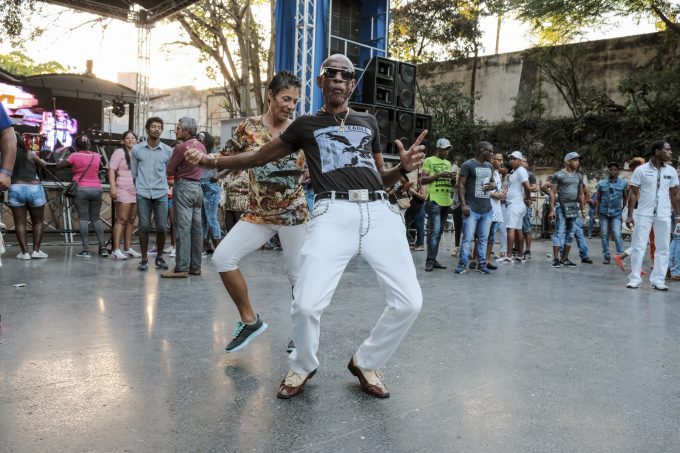
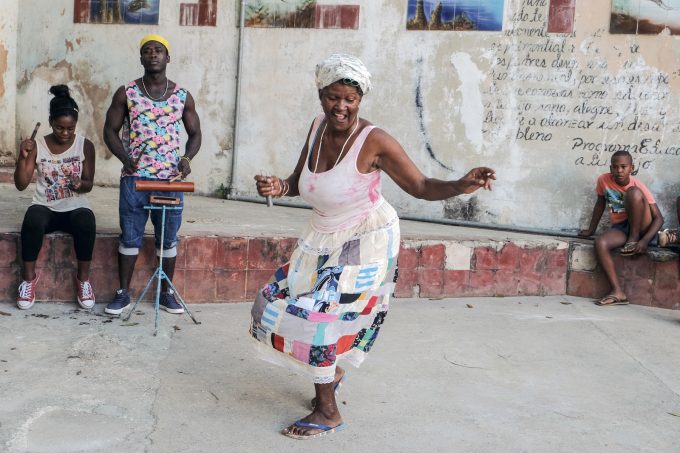
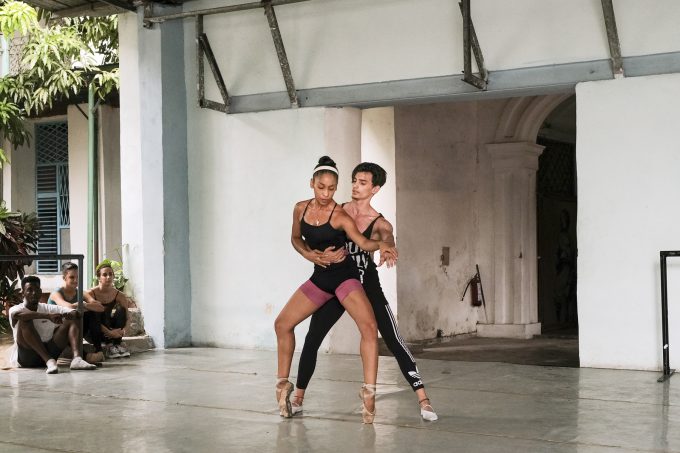
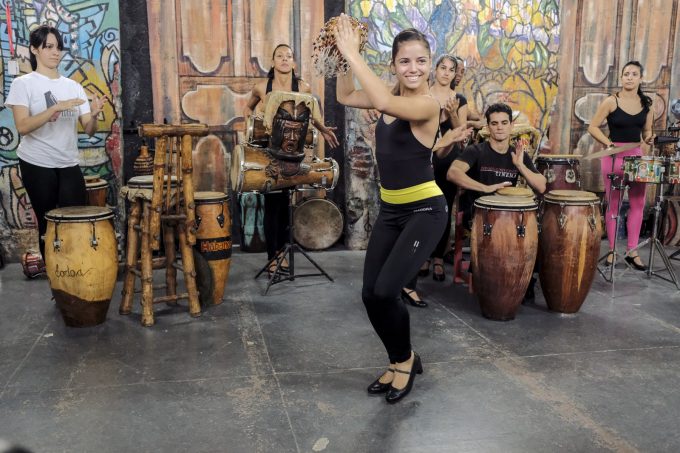
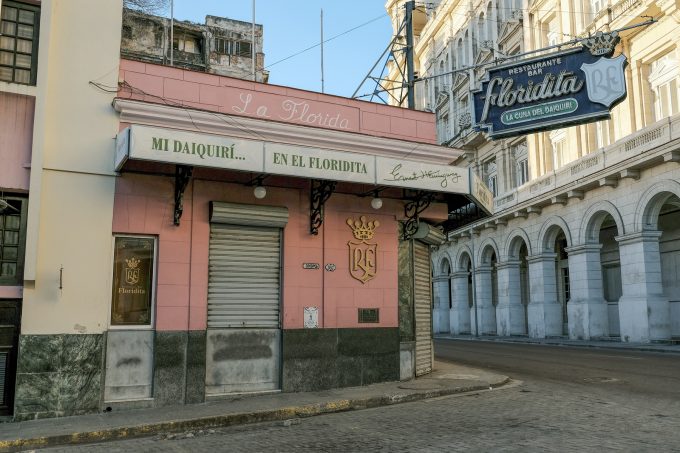
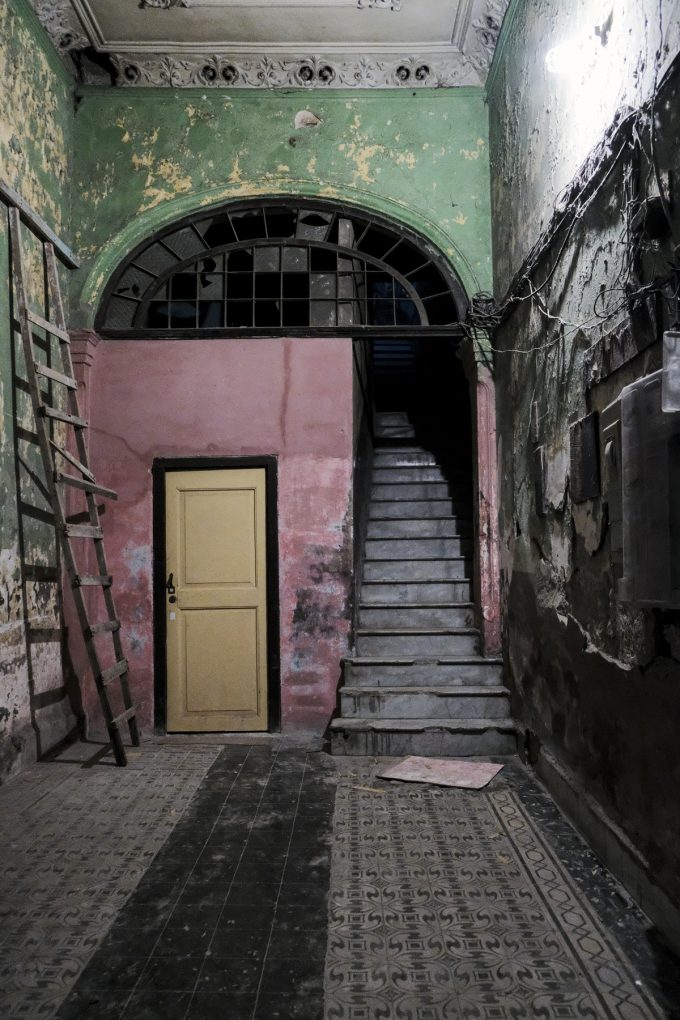
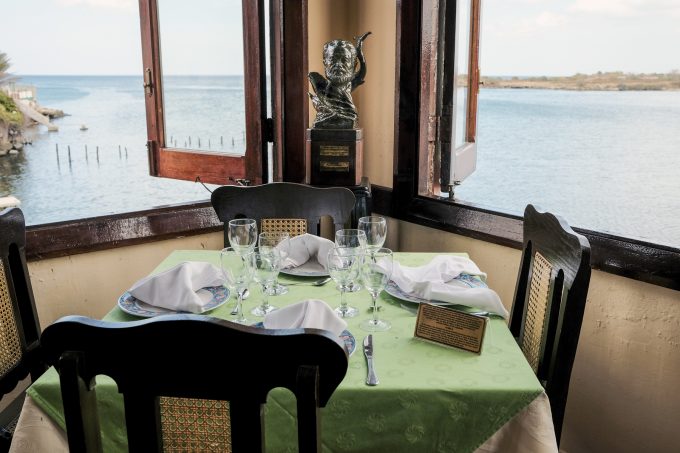
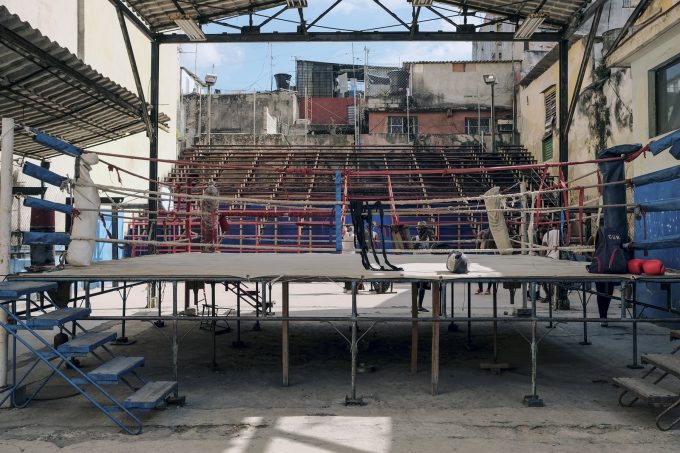
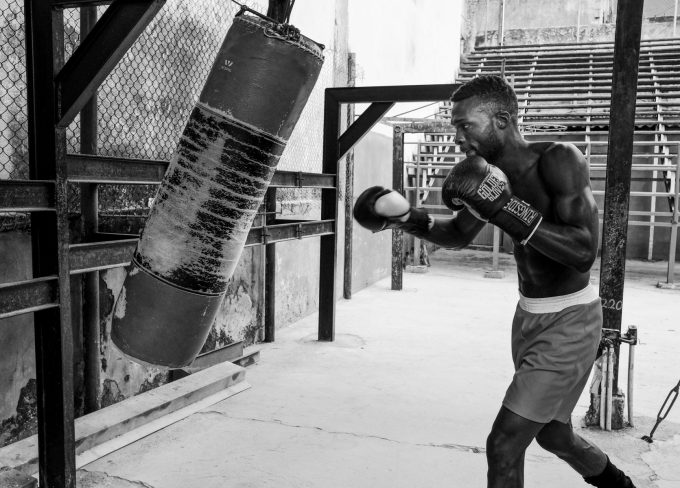
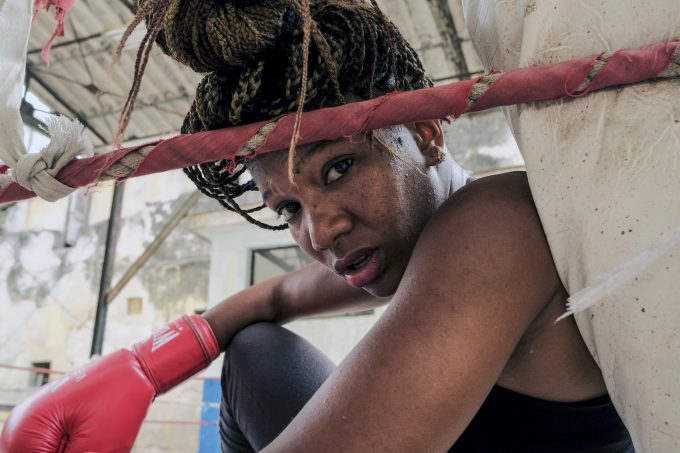
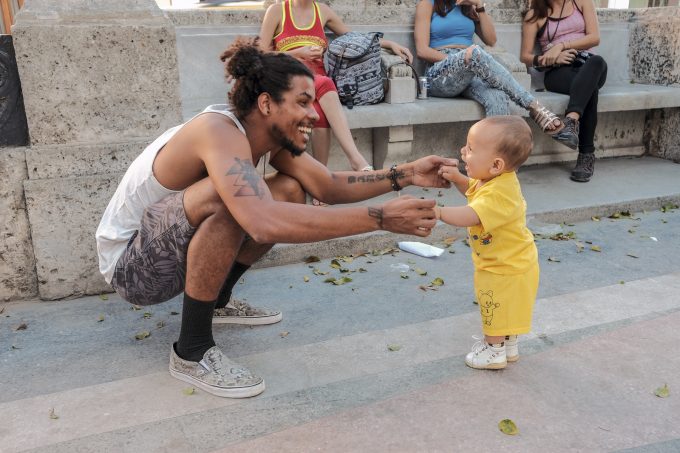
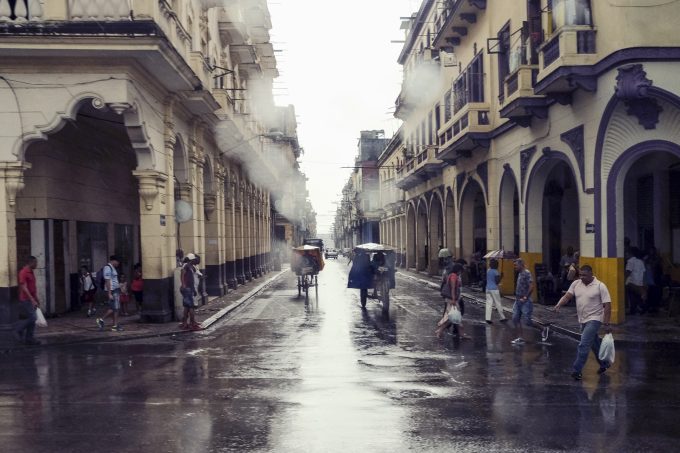
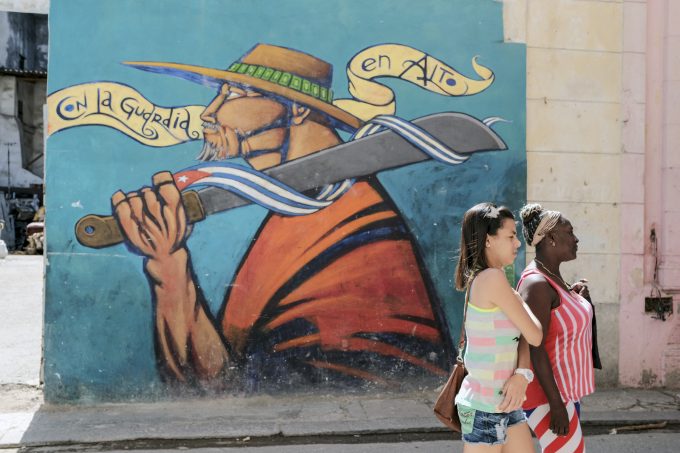



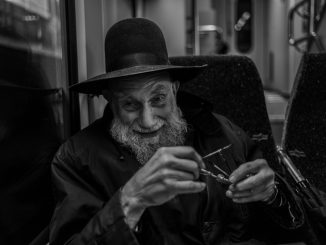
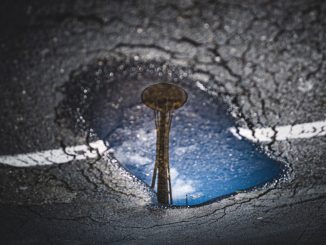
Thank you for your comment Kevin. Hope all is well with you; it’s been too long!
Ed: What a nice surprise to discover you here. Great photographs.
Thank you Mike for reviewing and commenting. Cuba is the home of the Santeria movement in the Caribbean.
Thank you Neal and yes bring children’s clothing, make-up samples, flashlights, etc.
Mike Morris, who commented above and was on the same trip is an ophthalmologist and brought many goodies that helped folks see better.
Thank you Bruce. I appreciate the kind words and support.
Thank you for your comment John. I loved shooting the amazing old buildings and have a whole series that shows the beauty and disrepair both. Many families live in each of these amazing old buildings. The families have redone their apartments so they are a beautiful home to them.
Great meeting you also Michael. Loved going out shooting with you.
Thank you Steve. I am so glad I was able to visit.
Excellent article Edwin. I saw the pictures before I saw who wrote it. It was great meeting you in Cuba during the workshop.
Thank you Wendy for your thoughts. The capture of that photo was serendipitous. I was walking in El Prado and there was this proud papa with his young son about to take his first steps. It was a special moment.
Thank you Aleksander for your thoughts. Used the Fuji xt2 that stayed out of my way and allowed me to get to know the people I was photographing.
Thank you Bill for viewing and commenting. I had a great time chatting with the Cuban people who want change but on their terms: no chain stores but local stores run by Cubans, doctors with offices open to the public, artists studios, full stocked grocery stores owned by Cubans.
You get the point.
Thank you Nick for viewing & commenting. The young lady boxer was an Olympic caliber wrestler and only took up boxing a short while ago. She had just finished going 3 rounds with a male boxer.
You’re clearly quick on the draw! As to best/my favourite picture: it is the green-pink-yellow-b&w run-down interior. Now there’s a picture you walk into, not just look at from the outside!
Thank you Edwin. Your images and writing brought everything alive and have certainly awakened an interest in me to visit Cuba. Love your honest approach and really wasn’t thinking about your choice of equipment until it popped up at the end of your article…just swept away with your vision.
Your photos are wonderful. I was there last October and was at many of the same places. Bring children’s clothing and samples of make-up Neal
I agree. Great shot! Really stands out from the rest. Nice job!
Ed: Fabulous photos. The boxer and old city shots were great. The info on Santeria was especially interesting.
Ed, Very nice article and excellent pictures.
Steve
Ed, Nice article and excellent pictures. Glad you had a chance to revisit.
Steve
Wow. Was never interested in what was your camera gear was, and still didn’t check. Absolutely loved how you captured the moment! Exc!!
Ed: Awesome photos. My favorite is the dad and baby in yellow. Very interesting article. Great work!
Wendy
Ed,
Excellent writing and fantastic photos! Captures both the culture and the people of Cuba while simultaneously capturing your passion for both. Maybe an ambassadorship in the next administration….hmmmm….
Congratulations and thanks for sharing!
Bill
Ed: best pix in my mind, is that of the close up of the young boxer with the red glove, behind the rope!
good work!
Nick